How Google made a mess of its hardware business


According to Alphabet’s Q4 earnings, Google has itself a hardware business that brings in at least $2 billion a year. Surprised? So are we. The numbers, however, do not tell the full story. With the Pixel 5 now surely on the horizon, we take a look at Google's hardware struggles over the years.
The fourth quarter of the year is typically a bumper time for hardware sales. With the holiday seasons around the world, tech enthusiasts splash the cash and annual blowouts on days like Black Friday and Cyber Monday mean that Q4 is a good time for business for most hardware manufacturers in this industry. For Google, however, Q4 sales were down in 2019.
The Pixel 4 and Pixel 4 XL, Google's latest flagship smartphones, launched in United States on October 24. Plenty of tech reviewers like myself were excited by the hardware. There was new Soli radar technology to improve facial recognition for unlocking, an improved camera, and a high-end chipset to shout about. Sure, battery life was a massive issue with the new 90Hz refresh rate activated, but I still thought it was a great phone when it was alive.
When I took the Pixel 4 to Manchester over the Christmas holidays, my friends in the UK did not know what it was. "A phone made by Google? Never heard of it," they told me. My mates might not be the biggest technophiles in the world - they're the kind of guys and girls who buy the latest Apple iPhone or Samsung Galaxy S series each year - but I was still surprised to hear that the big new flagship phone out of Mountain View was not even on their radar. So why is Google having such a hard time capturing the mainstream market?
Google's Pixel problem
The original Google Pixel launched in October 2016 for $649, back when that was the price of a flagship smartphone. The Samsung Galaxy S7 launched at $699 the same year. The release marked the death of the Nexus line, and the device was reviewed well. We thought it was one of the best Android experiences around.
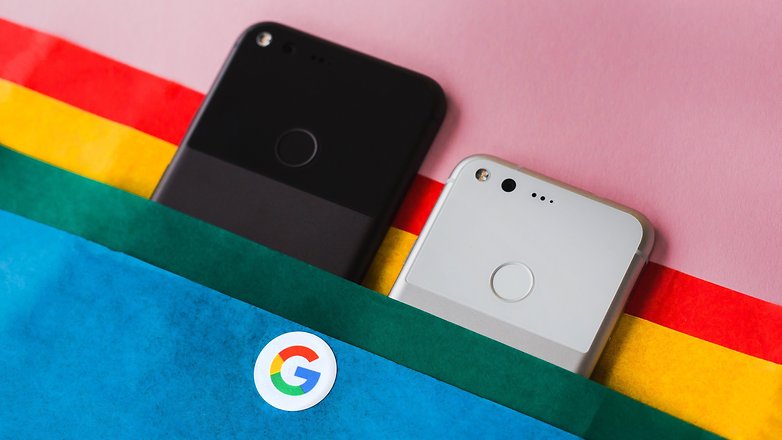
Similarly successful follow-ups came and went in the shape of the Pixel 2 and Pixel 3, and Google's camera software quickly gained a reputation for being the best in the business, despite its basic 12MP shooter on the hardware side. Google had the best camera, the cleanest stock Android experience, and a compact form factor that was becoming more of a rarity as smartphone began to grow in size and grow camera lumps on the back.
On its non-XL models, Google had also resisted the notch, the much-maligned iPhone X trend that had seeping into the Android ecosystem and became a source of frustration for many old-school Android users - or at the very least, something to complain about on the internet. This should have been a home run for Google. A platform to build on.
But then came the Pixel 4. As any fan of cinema will tell you, there's only one place to go after the trilogy, and it's back to the start, the origin story. Google should have gone back to what made the Pixel line an insider's favorite; flagship performance, clean software, and the best smartphone camera on the market.
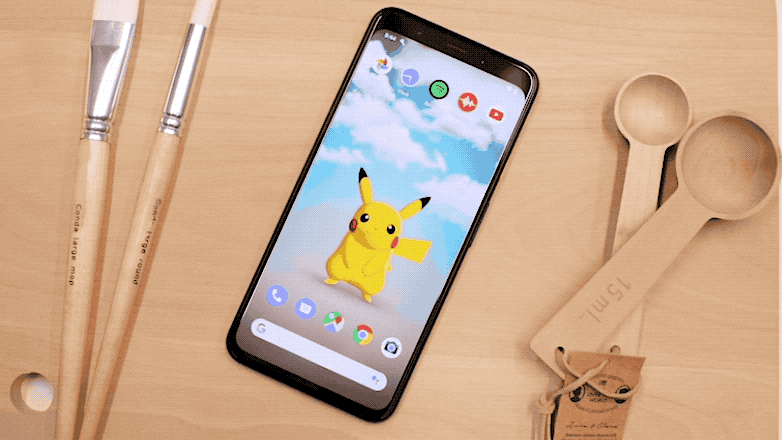
In many ways, Mountain View delivered on these core values. The Pixel was compact and had the latest Snapdragon 855 SoC from Qualcomm. The software was still fantastic. The main shooter was as good, if not better, than any other main camera sensor on any phone from any manufacturer. But it was the smartphone industry's relentless need for innovation that perhaps forced Google to take risks, and in doing so it made mistakes that really hurt its flagship phone.
The Soli Radar technology is a good example of this. Designed to take on Apple's Face ID and bring a faster, more secure unlocking method to the Pixel line, it worked well most of the time. But Google took another Apple-like decision and removed what came before its new innovation to encourage users onto the 'new thing'. Without a fingerprint sensor, it was Soli-enhanced facial unlocking or going back to a PIN/pattern. Android users tend not to like being forced down a certain path in this way. Plus, Soli didn't work in every region. On a business trip to Tel Aviv, where Soli Radar was not allowed, getting into my Pixel 4 became a chore.
Further functions enabled by the Soli Radar chip, such as Motion Sense, felt half-baked and gimmicky. Sure, you can skip tracks on Spotify by swiping your hand over the top of the phone, but I used the phone for more than 100 days and can count on one hand the number of times I found this useful.
It was in the camera department, however, that Google probably made its worst call with the Pixel 4. For the first time on a Pixel smartphone, two camera sensors were available. A dual-camera was hardly groundbreaking at the time - Samsung and Huawei were already on triple cameras by this point - but the decision to go with a telephoto lens as the second shooter rather than a wide-angle camera was baffling.
There were some cool things going on with the software of that telephoto lens, and you could argue that Google simply foresaw the industry obsession for zooming, but in reality, a wide-angle lens is 100 times more useful than a telephoto in daily life and the Pixel 4 lacked something its competitors had in the camera department for the first in its history.
Google has never been open with sales figures, but earlier this month the Pixel 4 and Pixel 4 XL were eventually discontinued less than a year after it launched.
Where does Google take the Pixel here?
The obvious answer is to the mid-range The $400 Google Pixel 3a sold well, by all accounts, by offering customers the same great camera experience as the flagship Pixel 3 in a more affordable package. Google made some smart moves with its first mid-range smartphone, such as keeping it small and light, and adding touches like a headphone jack to sweeten the deal for those who aren't fussed about buying the latest tech trends.
With the Pixel 4a, this sensible thinking has continued. Sure, the Google's 2020 mid-range offering does not feature a dual-camera like its bigger brother, but as I mentioned that telephoto lens was of questionable value anyway, so few Pixel 4a owners will feel short-changed on the camera hardware. The Soli Radar chip is also gone, replaced by a standard rear fingerprint sensor, and the headphone jack remains. The price has also dropped by fifty bucks. The Pixel 4a looks like a winner, and we'll have a full review up on the site for you very soon.

Word is still circulating about a Pixel 5 flagship phone though, and all signs point to Google having one more crack at the flagship smartphone market before this turbulent year is out. The leaks so far do not suggest that Google is going back to its origins with this device though. A rumored Snapdragon 765G will, despite being no slouch, mean the Pixel 5 will not be able to compete with the 2020 flagships in terms of power, no matter how well optimized the software is.
The Pixel 5 is also rumored to be coming in only an XL version. Which, combined with the specs we've seen doing the rounds, suggests this is more of a Pixel 4a XL than a true fifth-generation flagship. What we see later this year will more likely fall somewhere in between those two poles, but the hype for a Pixel 5 could hardly be more subdued at this point.
And thus, we return to our opening question: how did Google make such a mess of a formula that clearly a winner? To me, it seems that Mountain View fell victim to the pressure for innovation. As the smartphone market has slowed in terms of technical advances, marketing and gimmicks have been the only way for manufacturers to continue to push audiences to upgrade. Google could have been different and delivered on the areas it did with the first three Pixel phones and been happy with being the industry insider's tip of choice.
Instead, the Pixel phones half-heartedly entered the rat race, and got eaten up as a result.

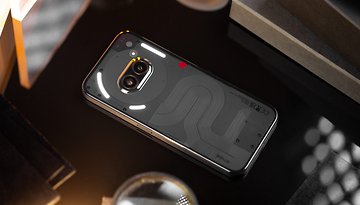

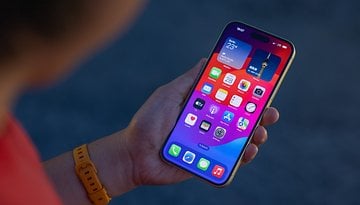
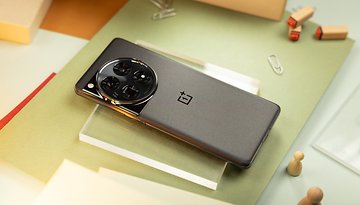


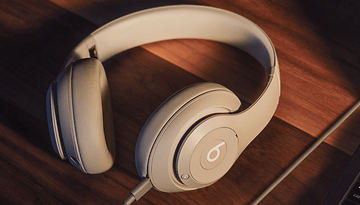

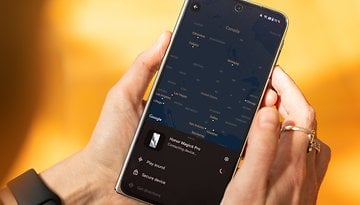

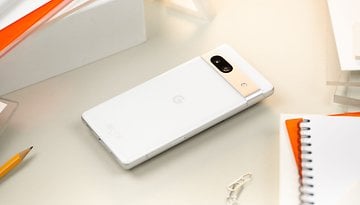


I had one experience of using a phone from Google and it was not convenient and familiar to me, it seems to me that Google phones do not have a convenient interface, about...
I love this phone!
I was one of those who got the Nexus 5 by LG when it was released, following the tech reviews, and despite its terrific performance on such a small package, the battery issues and the power button thingy made the phone unusable after less than 2 years. I gave Google another go, and got the Nexus 6P by Huawei (also convinced by the early review from techies like you). Initially awesome, its performance declined fast, the battery draining was again awful, and went from being Google's best flagship phone, to quickly abandoned by the company. I have those two bricks sitting in a drawer, while older Huaweis, xiaomis and samsungs are still decently working as backups or casting devices. I now have a Nokia 8, which is the best phone that I've ever had, pure android phone, for more than 2 years and the battery performance is still fresh as new, photos are amazing (and my girlfriend's Nokia 8 Sirocco's pictures are even better). I was disappointed by Google phones twice, I will stick to Nokia as long as I can (and as they deliver).